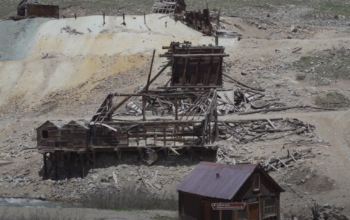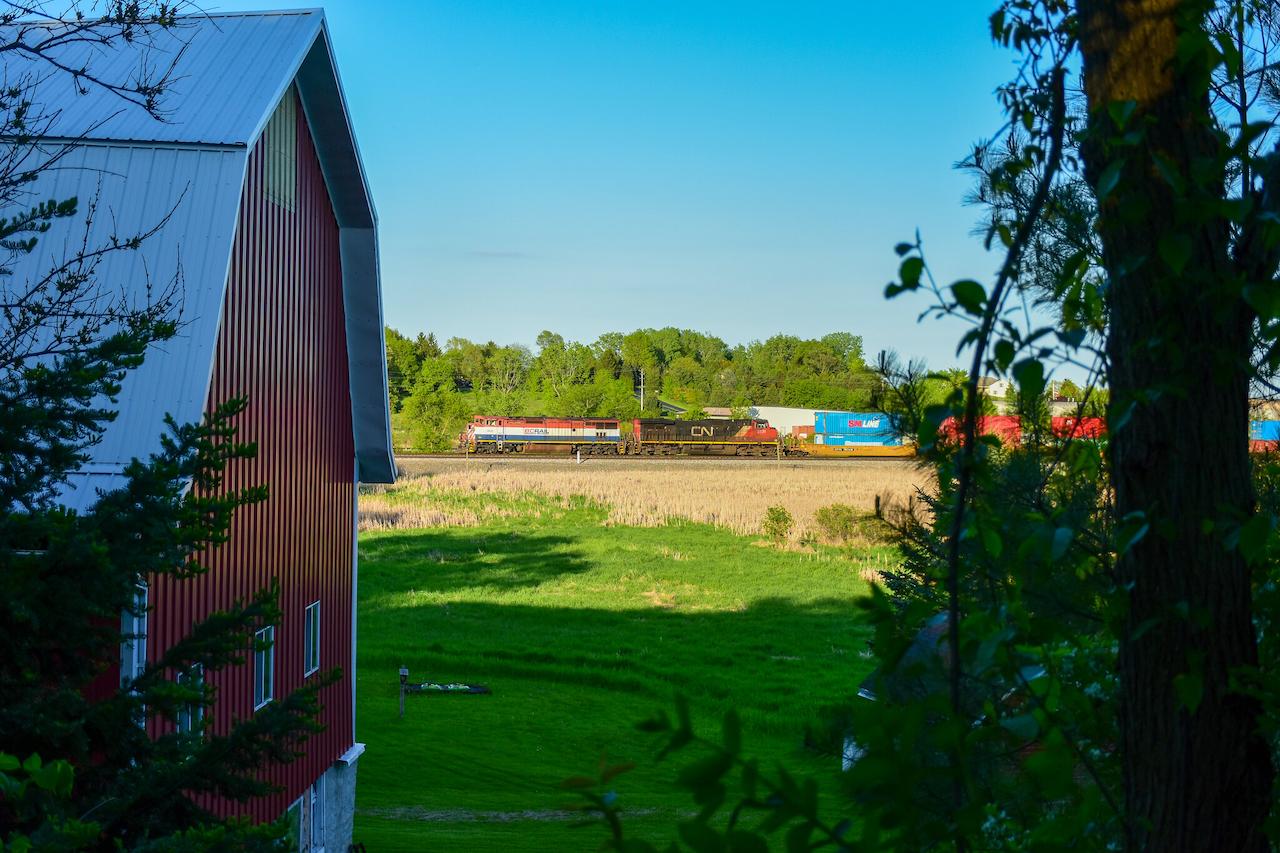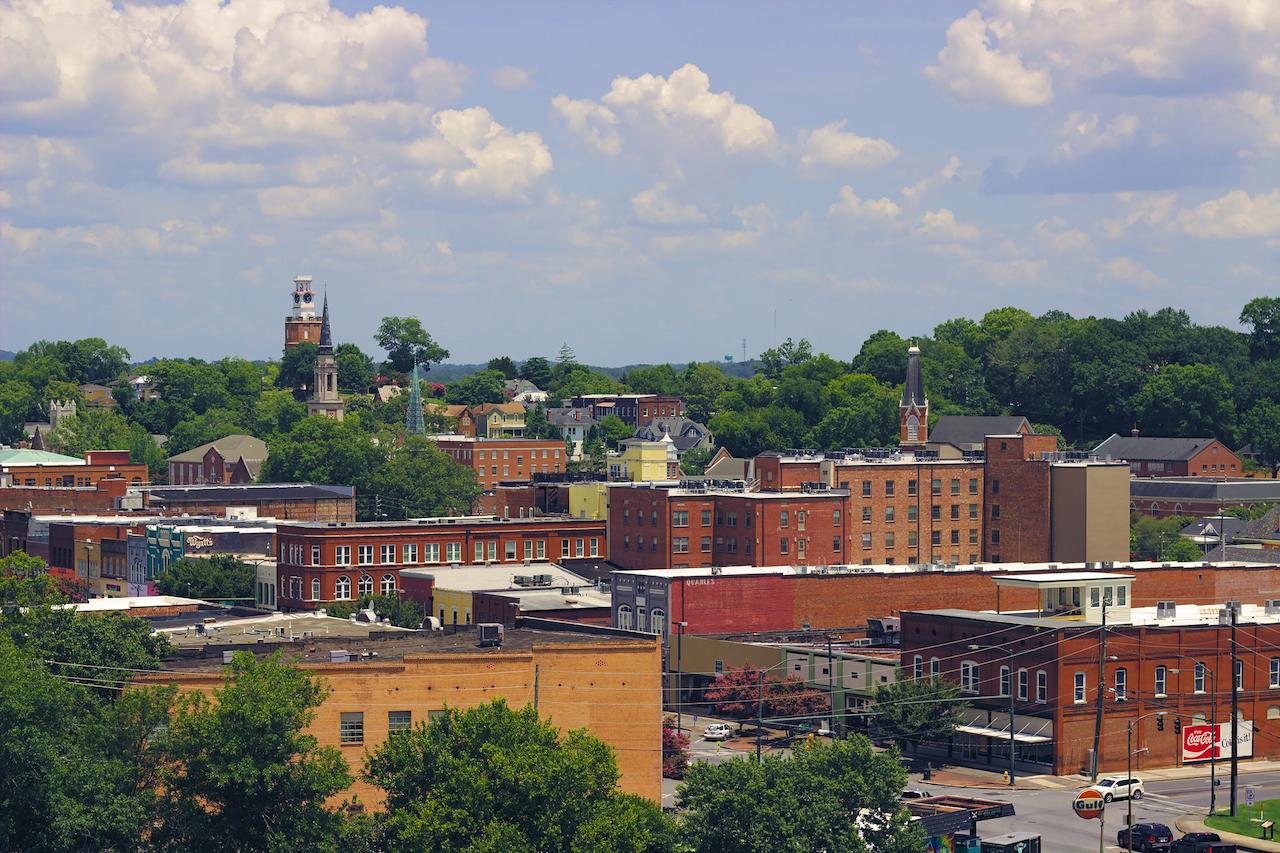Preserving the history and culture of a small town is not only a noble endeavor but also a rewarding one. A small town museum serves as a time capsule, connecting the present to the past and offering insights into the community’s heritage. If you’re passionate about your town’s history and are interested in starting a private little museum, we want to present you with a step-by-step guide to help you get started.
What Is A Small Town Museum?
A small town museum functions as a community establishment committed to safeguarding and presenting the history, culture, and heritage of a particular town or locality. These exhibition spaces serve as collections for artifacts, records, images, and additional items that symbolize the town’s history and its distinct character. They have a pivotal role in establishing connections between inhabitants and tourists alike with the region’s history, cultivating a feeling of communal pride, and enlightening individuals about the indigenous legacy.
These museums can vary in size and scope, but they often focus on telling the story of the town’s development, important events, influential individuals, and the everyday lives of its residents. The exhibits within a small town museum may cover a wide range of topics, including:
- Historical Events. Exhibits might highlight significant events that shaped the town’s history, such as its founding, key milestones, and notable achievements;
- Local Industry. Industries that have been important to the area’s economy, such as agriculture, manufacturing, mining, or tourism, might be featured to showcase the economic history;
- Cultural Heritage. Museums often celebrate the diverse cultural traditions, customs, and art forms that have been an integral part of the community;
- Notable Figures. The lives and contributions of prominent individuals who have lived in or impacted the town can be highlighted;
- Everyday Life. Exhibits that provide insights into the daily lives of past residents, including their homes, schools, businesses, and social activities;
- Artifacts and Memorabilia. Showrooms typically house a collection of artifacts, memorabilia, photographs, documents, and other items that offer tangible connections to the past;
- Interactive and Educational Displays. To engage visitors, they may incorporate interactive displays, multimedia presentations, and educational programs that cater to various age groups.
Small-town museums often operate on limited budgets and rely on local support, volunteers, and community engagement. They can be established by passionate individuals, local historical societies, community groups, or local governments. The primary goal of any gallery of that type is to provide a space where residents and visitors can learn about and appreciate the town’s heritage, fostering a stronger connection between past and present generations.
While small-town museums may not have the extensive resources of larger institutions, their intimate settings and focus on local history make them unique and cherished assets within their communities.
Step-by-Step Guide
Starting your own private museum is a unique and ambitious endeavor that allows you to share your personal collection or passion with the public. Here’s a step-by-step guide that’ll make this process much easier for you.

Define Your Vision and Collection
Determine the theme and focus of your museum. It could be centered around a particular art style, historical era, cultural artifacts, scientific objects, or anything else that reflects your passion and expertise. Clearly defining your vision will help guide the development of your showroom.
Research and Planning
Begin by conducting thorough research on your town’s history. Collect information about significant events, notable figures, industries, and any unique aspects that have shaped the area’s identity. This research will form the foundation of your exhibits and displays. Create a detailed plan outlining your mission, goals, target audience, and potential sources of funding.
Form a Committee or Team
Starting a small-town museum is a collaborative effort. Gather a team of passionate individuals who share your interest in preserving the town’s history. This could include historians, educators, artists, community leaders, and volunteers. Each member can contribute their expertise to different aspects of the development.
Choose a Location
Selecting the right location for your showroom is crucial. It could be a historic building, a renovated space, or a purpose-built facility. Consider factors like accessibility, visibility, and the space required for exhibits and visitor amenities.
Legal and Financial Considerations
Establish the legal structure of your museum, whether it’s a nonprofit organization, a community association, or another suitable entity. Obtain any necessary permits, licenses, and insurance. Create a budget that covers initial setup costs, ongoing operational expenses, and potential marketing efforts. Look into funding sources such as grants, donations, sponsorships, and fundraising events.
Design Engaging Exhibits
Your exhibits should tell a story that resonates with visitors. Organize your displays chronologically or thematically, creating a cohesive narrative of your town’s history. Incorporate artifacts, photographs, documents, and multimedia elements to engage visitors of all ages. Interactive displays, audio guides, and virtual reality experiences can enhance the visitor experience.
Collection and Preservation
Build your collection by reaching out to community members, local organizations, and individuals who might have artifacts, photographs, or documents related to the town’s history. Implement proper conservation and preservation techniques to ensure the longevity of these items.
Educational Programs
Offer educational programs and workshops to schools, community groups, and visitors. These programs can include guided tours, workshops on history-related skills (such as archival research or artifact preservation), and outreach activities that promote the museum’s mission.
Marketing and Promotion
Create a strong online presence through a dedicated website and social media channels. Regularly update these platforms with news, events, and behind-the-scenes glimpses of all the activities. Collaborate with local media outlets to gain coverage and exposure.
Community Engagement
Involve the community in various ways, such as inviting them to contribute stories, memories, and artifacts. Hosting community events, lectures, and exhibitions related to local culture can foster a sense of ownership and pride.
Grand Opening and Ongoing Operations
Plan a grand opening event to showcase your museum to the community and attract visitors. As you move forward, ensure that you have a clear operational plan for managing the day-to-day activities, including staffing, visitor services, maintenance, and updating exhibits.
Adaptation and Growth
Be prepared to adapt and evolve as your gallery grows. Collect feedback from visitors and make necessary improvements. Stay informed about industry trends and technologies that could enhance your offerings.
Difficulties You Might Face with a Small-Town Museum
Starting and running a small town museum can be a rewarding endeavor, but it also comes with its fair share of challenges. Here are some difficulties you might face when establishing and operating your own showroom:
- Limited Funding: Museums of that type often operate on tight budgets, relying heavily on grants, donations, and fundraising efforts. Securing consistent funding for operational expenses, exhibitions, and preservation efforts can be a constant challenge;
- Resource Constraints: Small galleries may have limited staff, volunteers, and expertise available to manage various aspects of the museum, from curating exhibits to handling administrative tasks;
- Collection Management: Building and maintaining a collection of artifacts, documents, and photographs requires proper preservation techniques and storage facilities. Limited resources can make it challenging to care for items properly;
- Attracting Visitors: Small towns might have fewer tourists or visitors compared to larger urban areas, which can affect foot traffic to the museum. Effective marketing and community engagement are essential to draw locals and tourists alike;
- Diverse Audiences: Catering to a diverse audience, including both locals and tourists of different age groups and interests, requires creating exhibits and programs that resonate with everyone;
- Volunteer Recruitment and Retention: Relying on volunteers for various tasks can be unpredictable. Recruiting and retaining dedicated volunteers who are willing to contribute their time and skills consistently can be a challenge;
- Exhibit Development: Creating engaging and informative exhibits with limited resources can be demanding. Designing and updating exhibits that accurately reflect the town’s history while maintaining visitor interest requires creativity and effort;
- Technology Integration: Incorporating modern technologies like interactive displays, virtual tours, or online archives can be financially and technically challenging for private museums;
- Historical Research: Researching the history of the town can be difficult due to limited historical records and resources. Accessing archives and conducting interviews with aging residents becomes crucial but can be time-consuming;
- Building Maintenance: If the museum is located in a historic building, ongoing maintenance and restoration work may be necessary to preserve the structure’s integrity and historical significance;
- Competition for Attention: In areas like this, showrooms might compete for attention and support with other local events, attractions, and activities;
- Adapting to Change: Adapting to changing trends and visitor expectations, such as incorporating digital experiences or addressing current issues, can be challenging for small museums with limited resources;
- Long-Term Sustainability: Ensuring the long-term sustainability of the museum and its mission is a constant concern, especially as economic, social, and cultural factors evolve.
Despite these challenges, the passion and dedication of those involved in small private galleries often prevail. Creative problem-solving, community involvement, and a commitment to preserving local history can help overcome these difficulties and contribute to the museum’s success and impact on the community.
Summing Up
Starting a small-town museum requires dedication, passion, and a collaborative spirit. By following these steps and adapting them to your town’s unique context, you can create a cultural hub that celebrates the past while enriching the present and future of your community. Remember that a museum is not just a collection of artifacts; it’s a living testament to the stories and experiences that define us.







